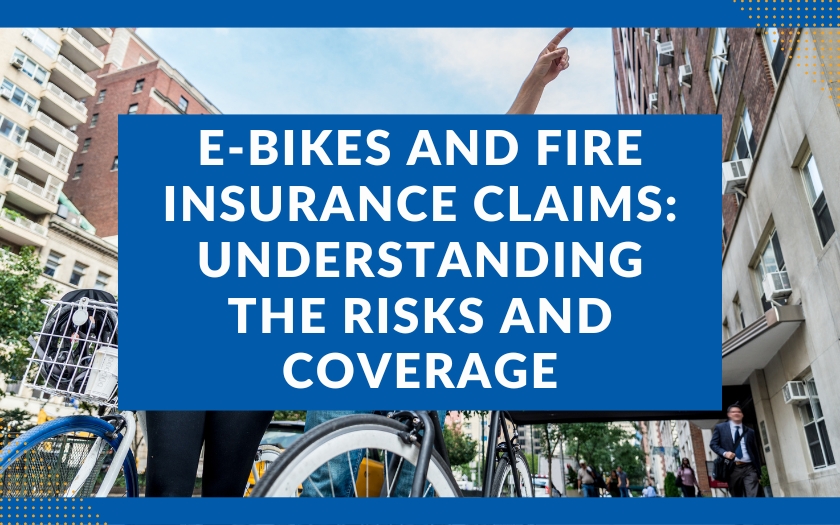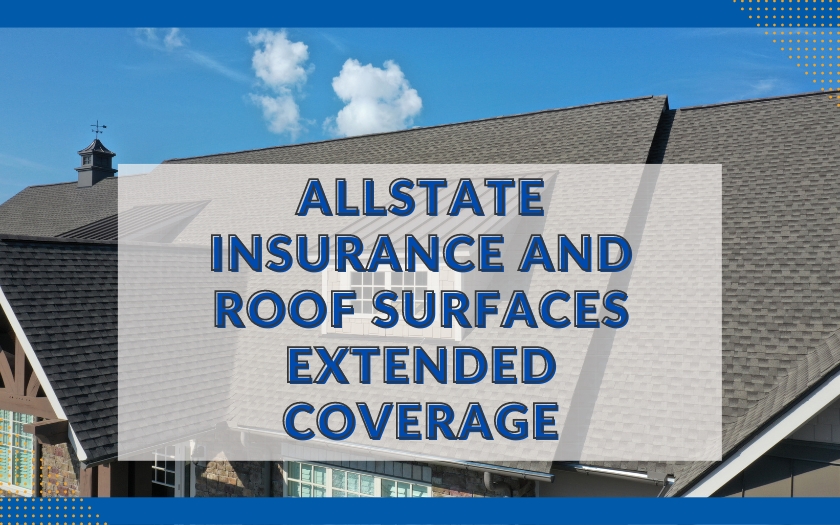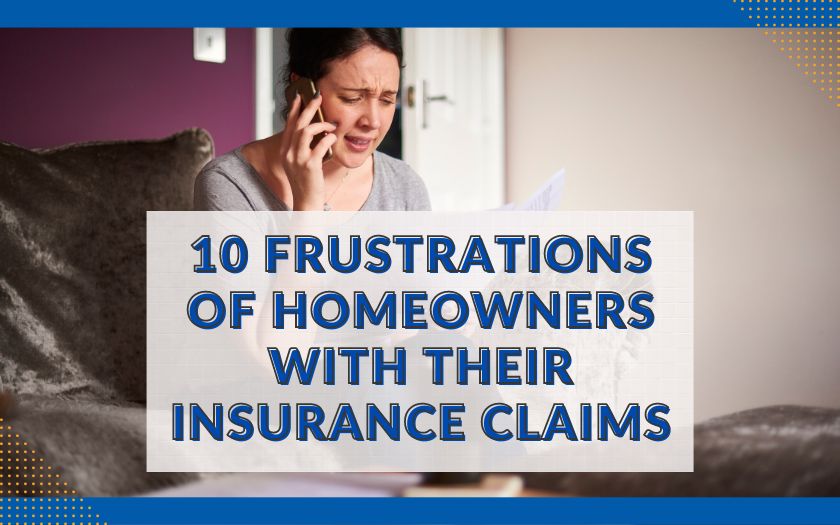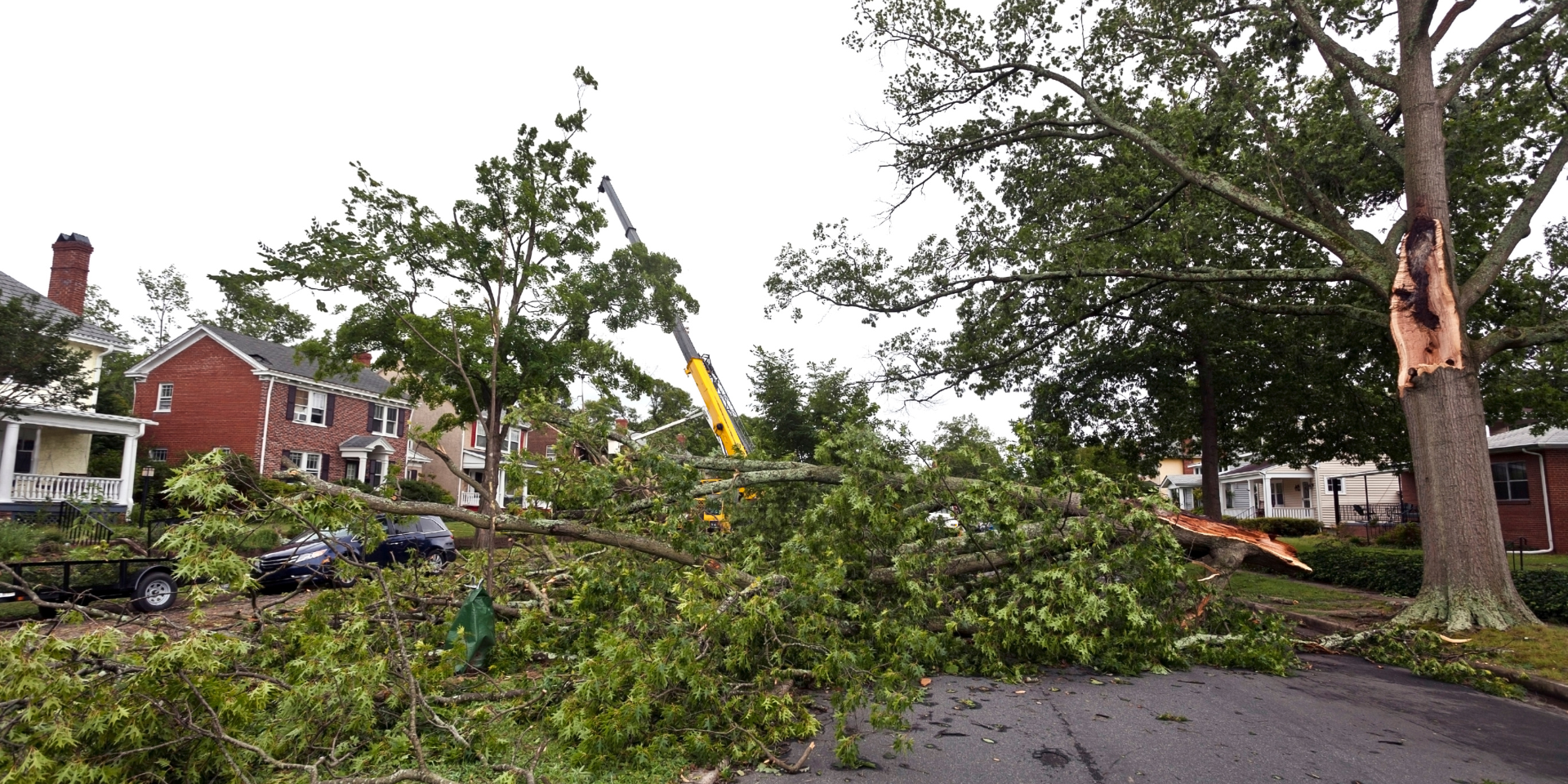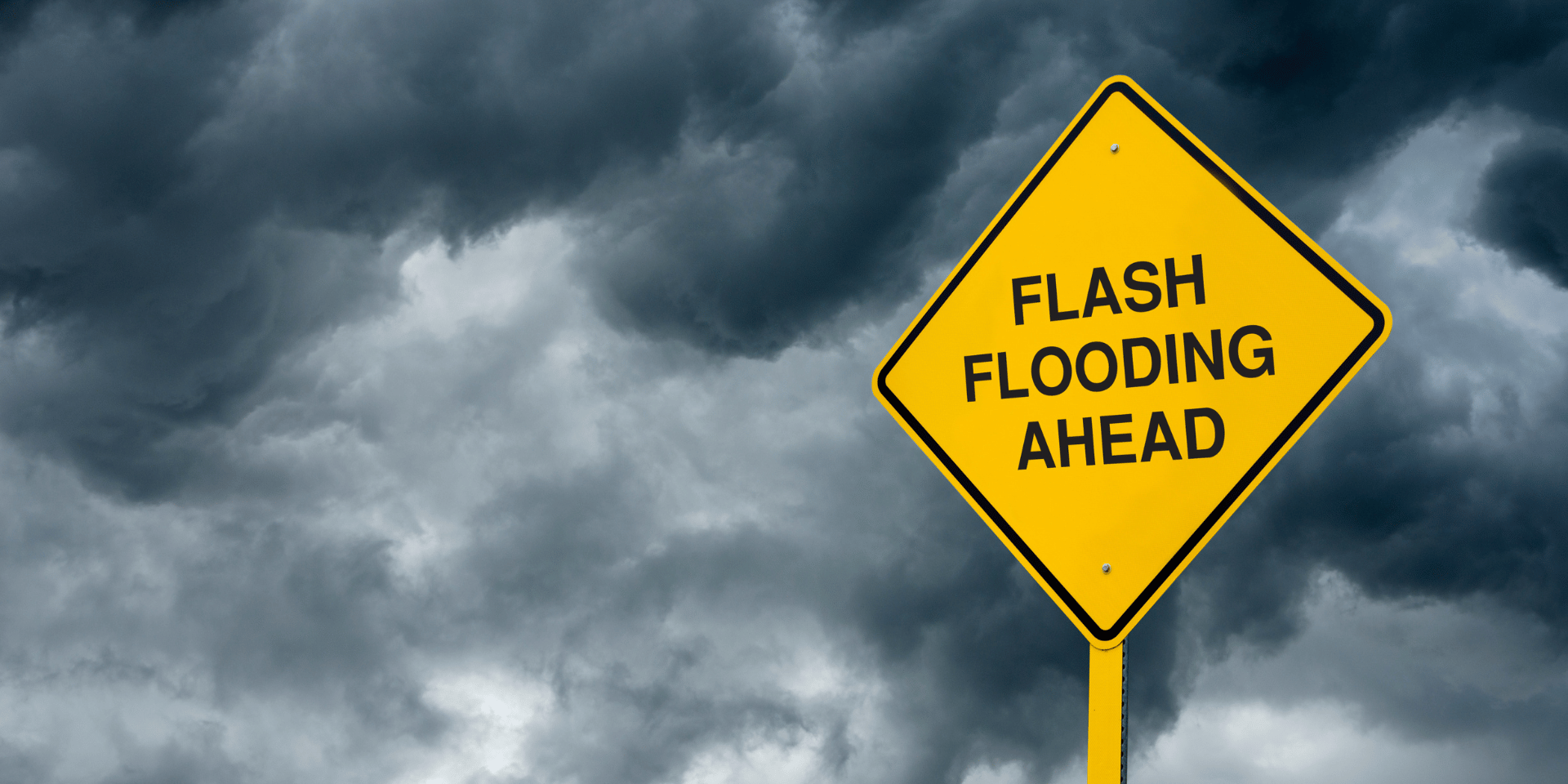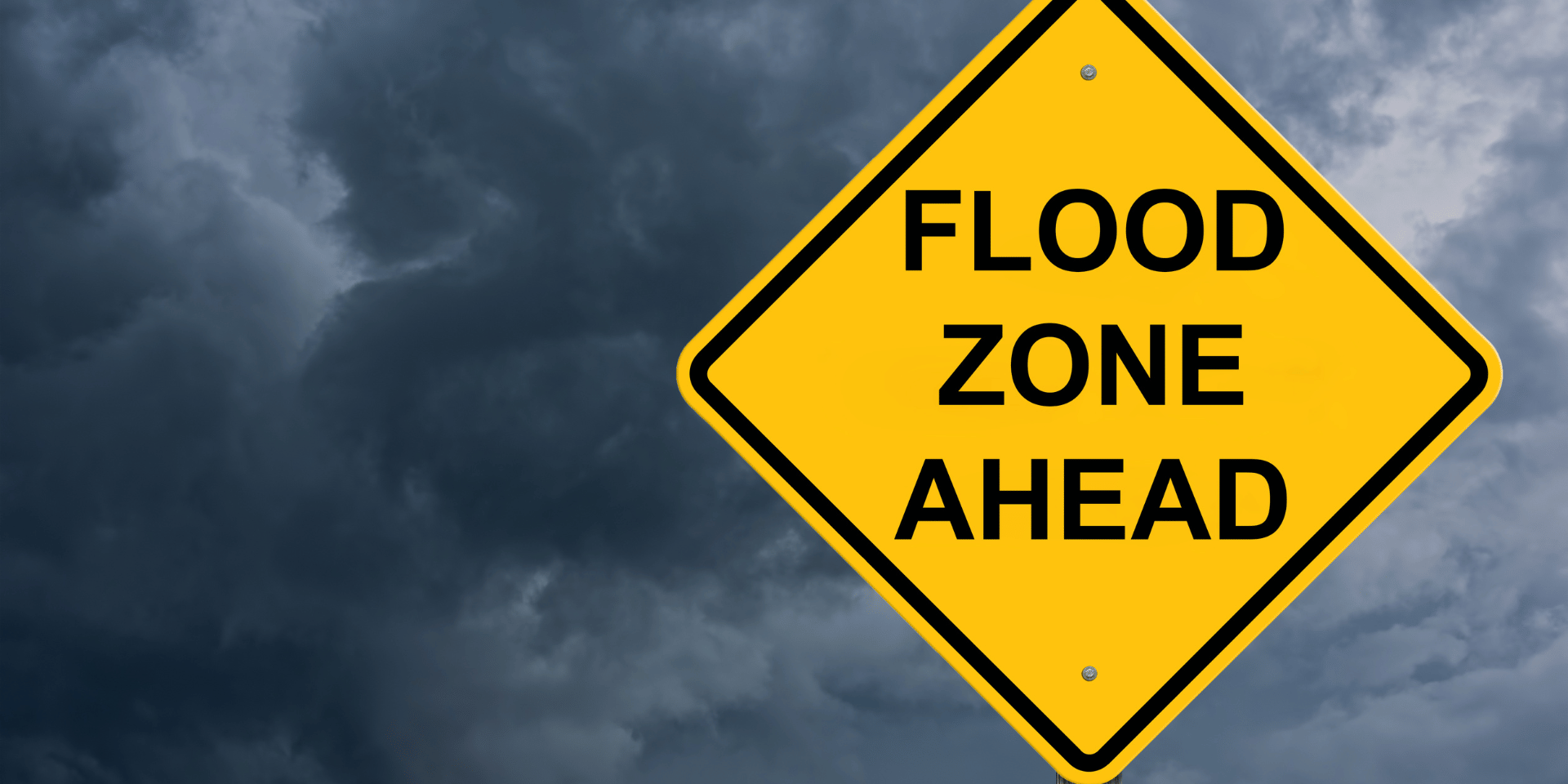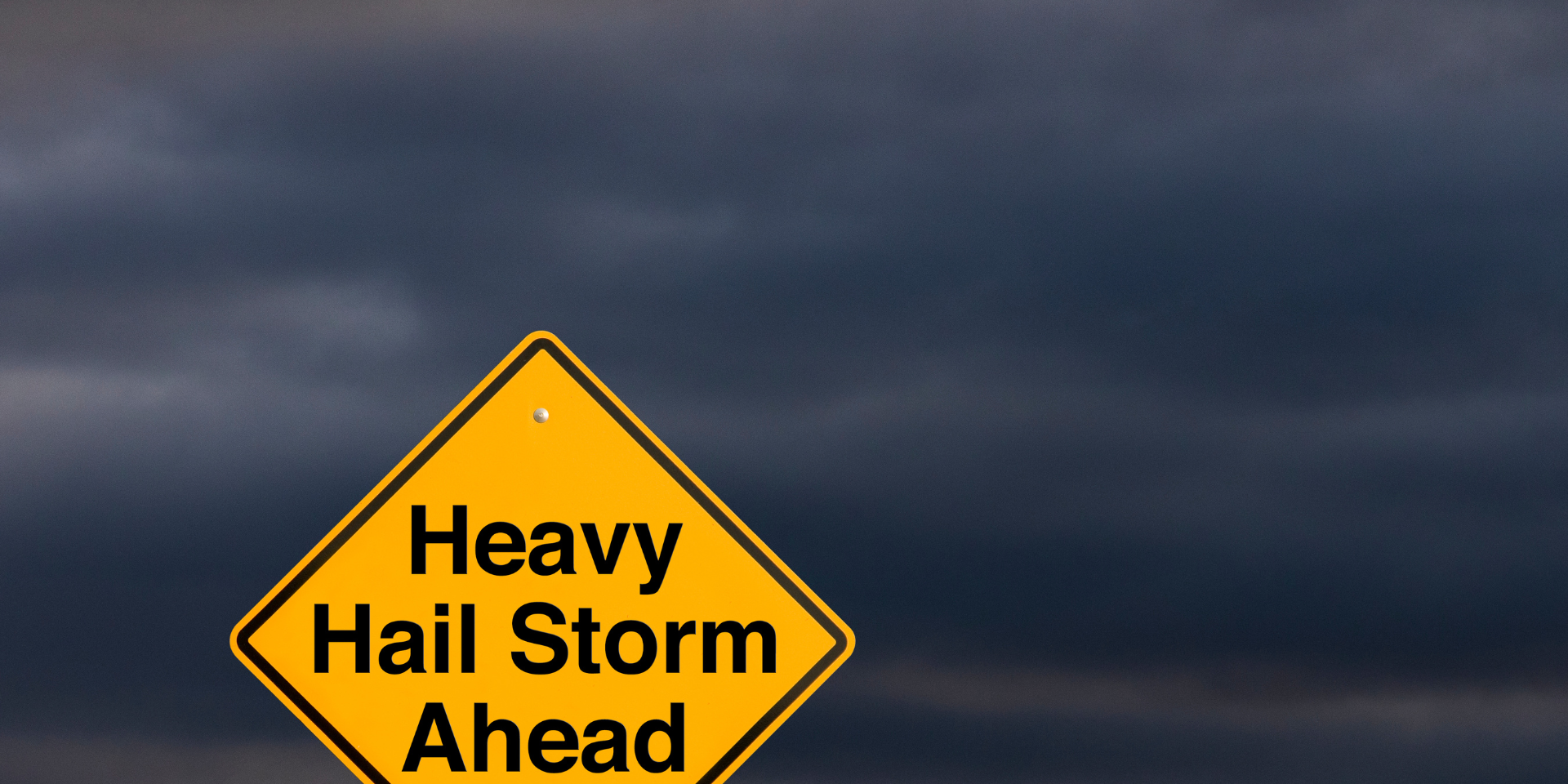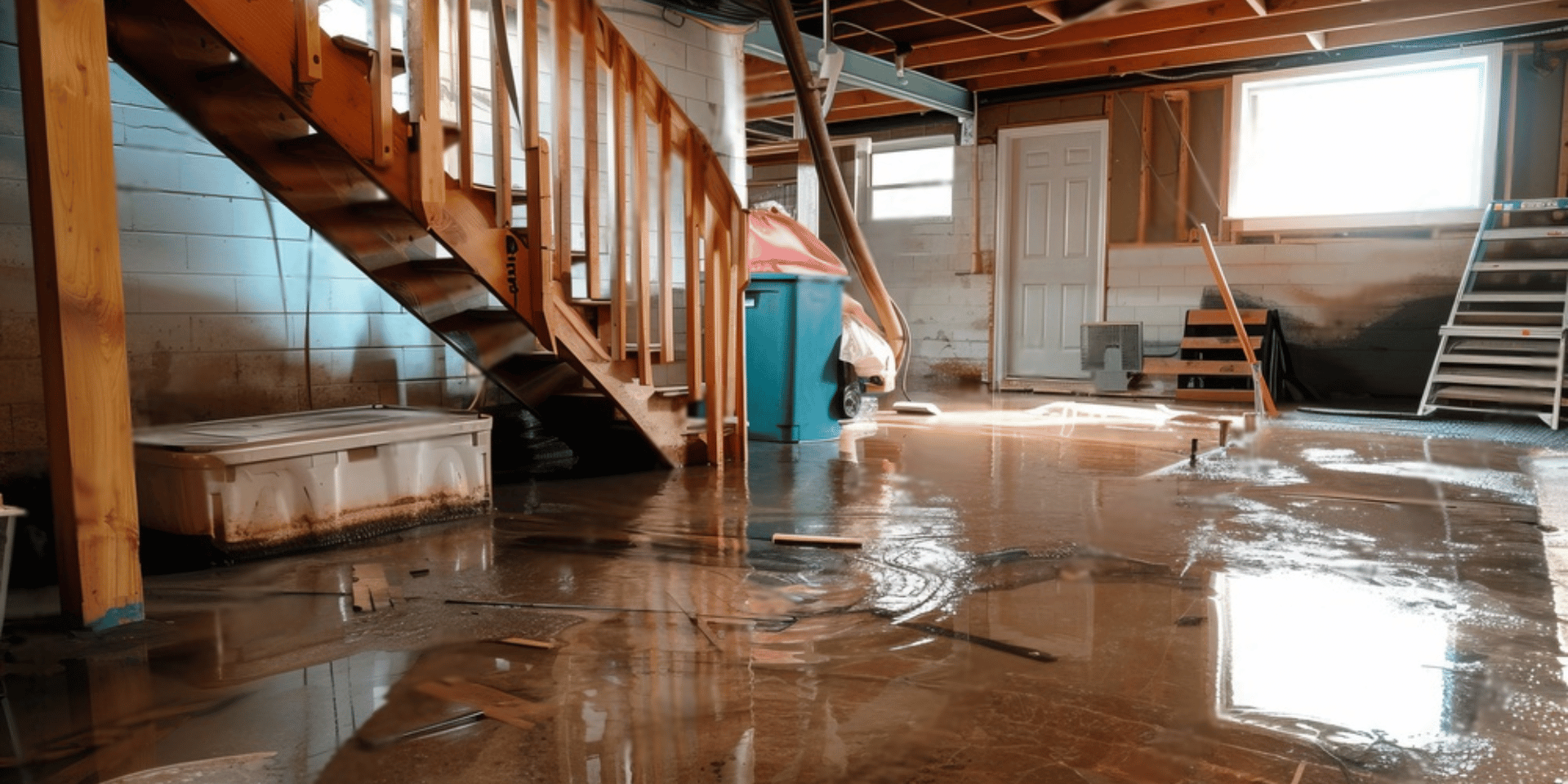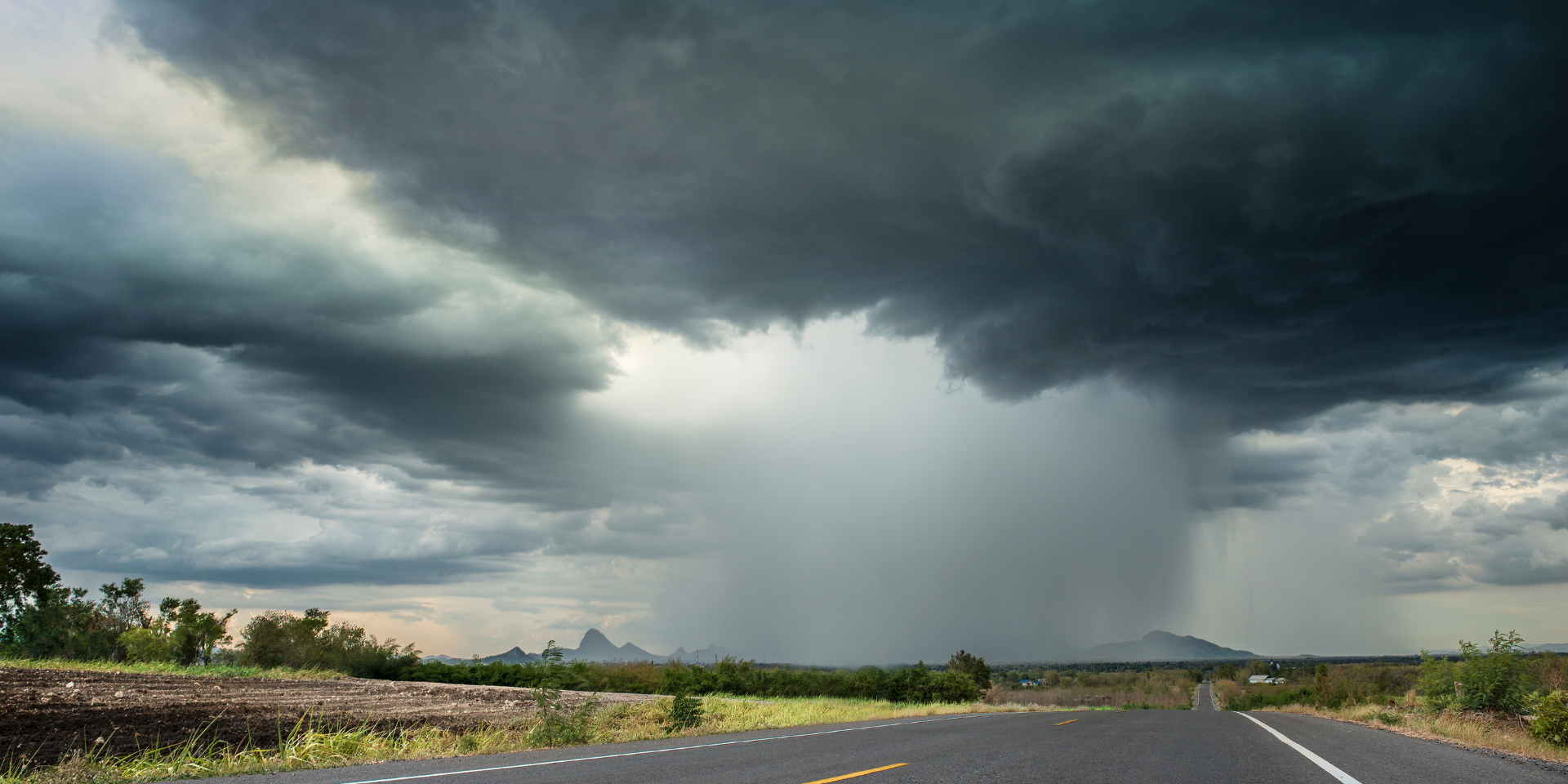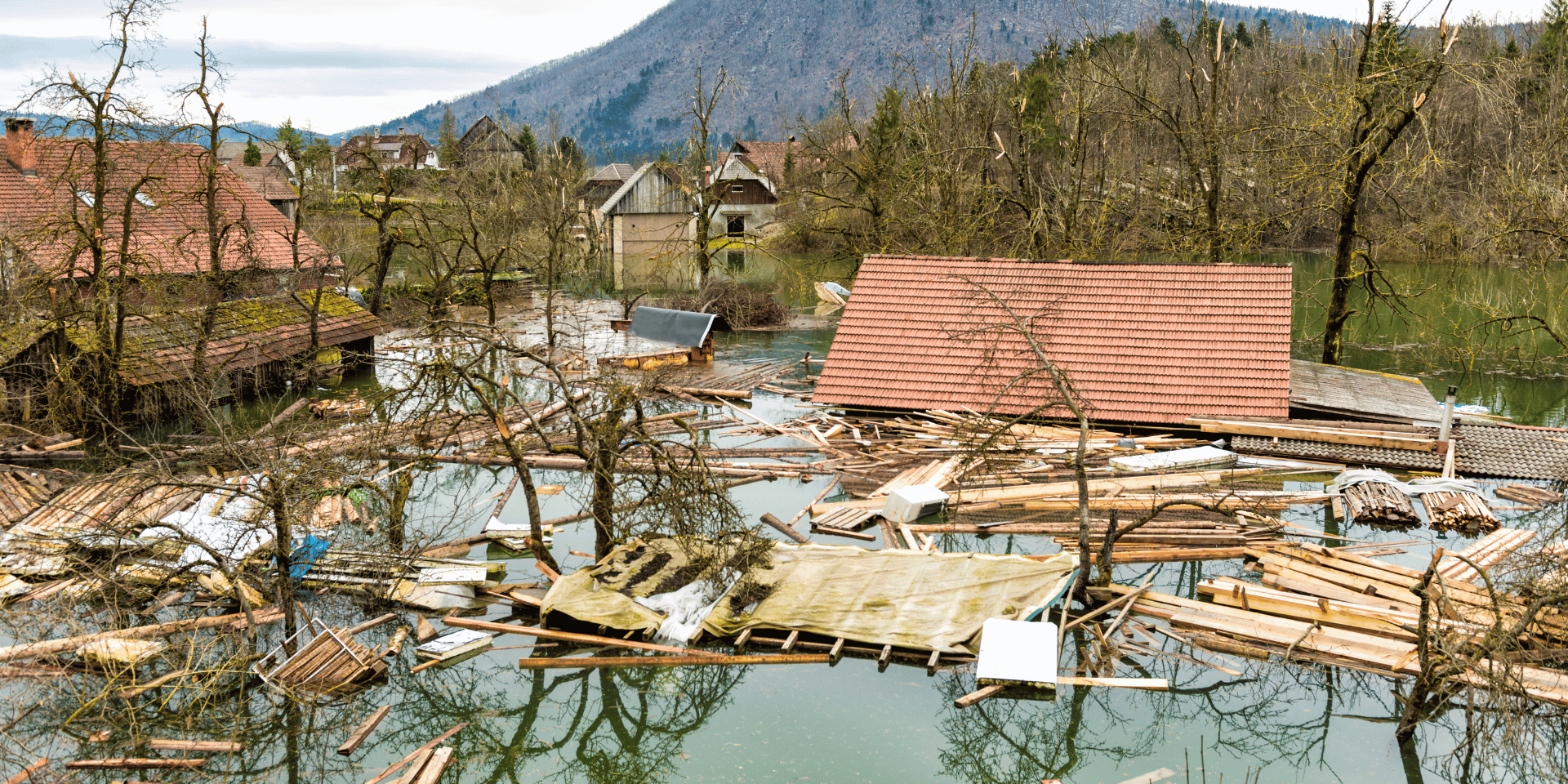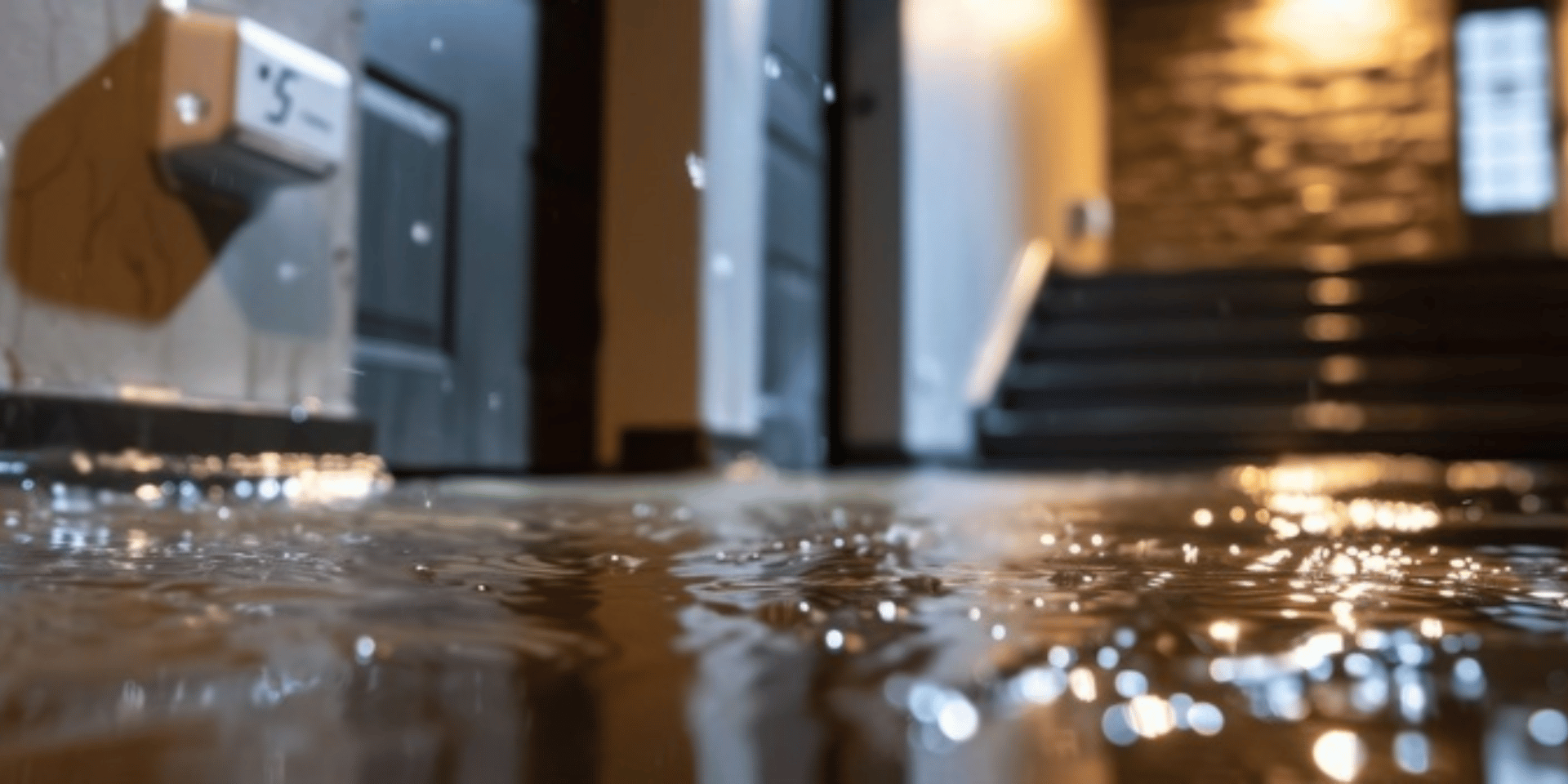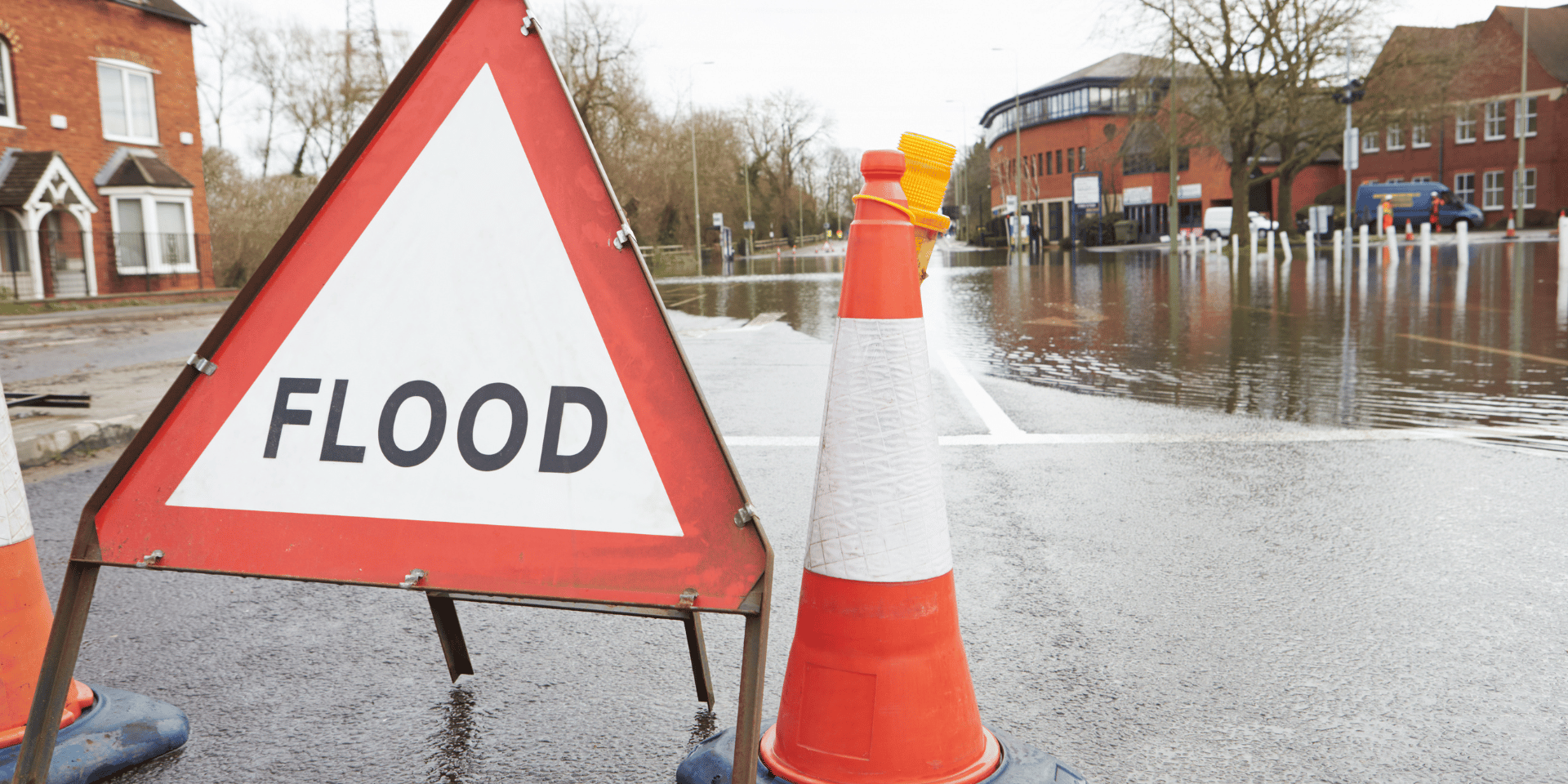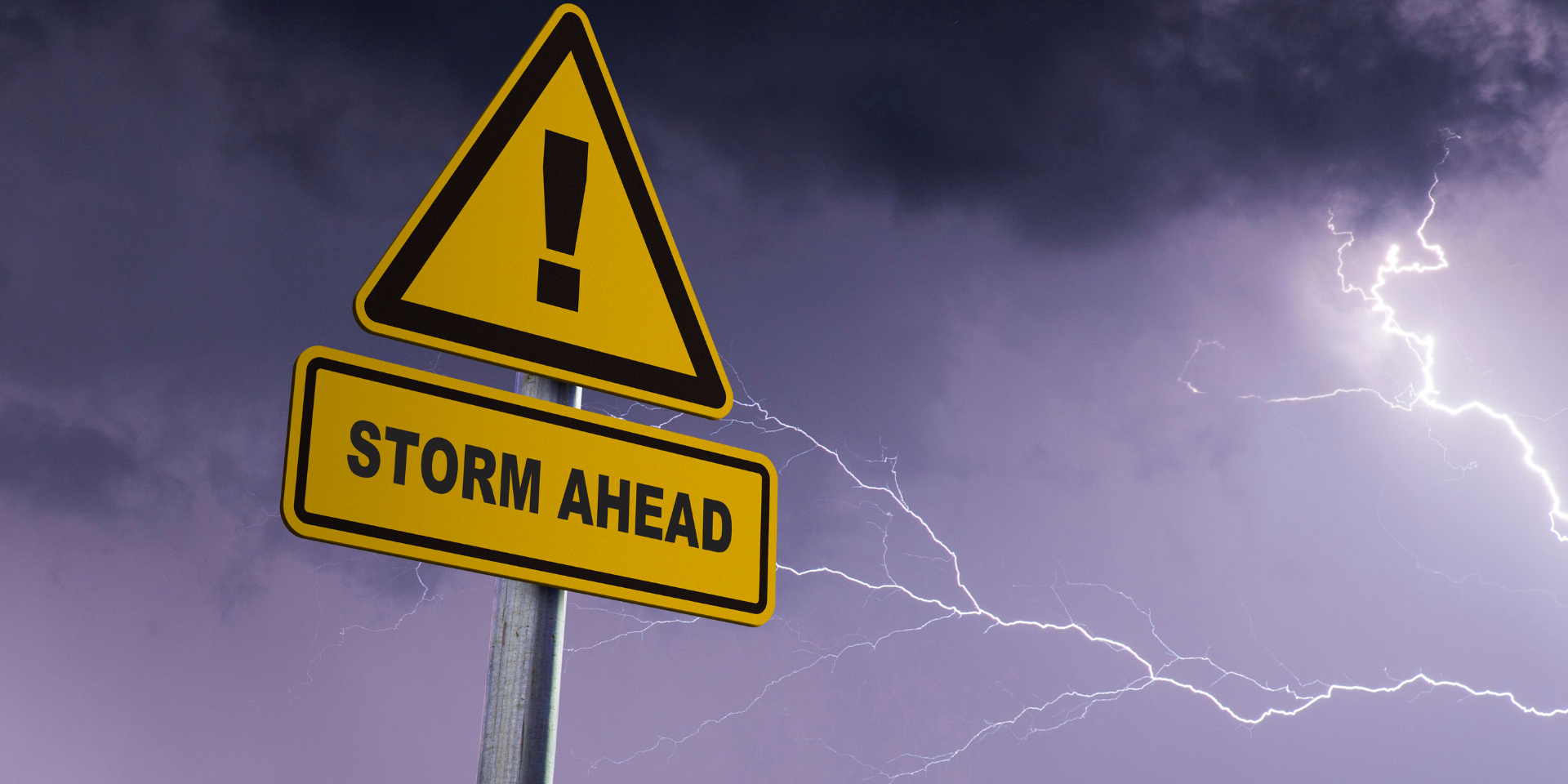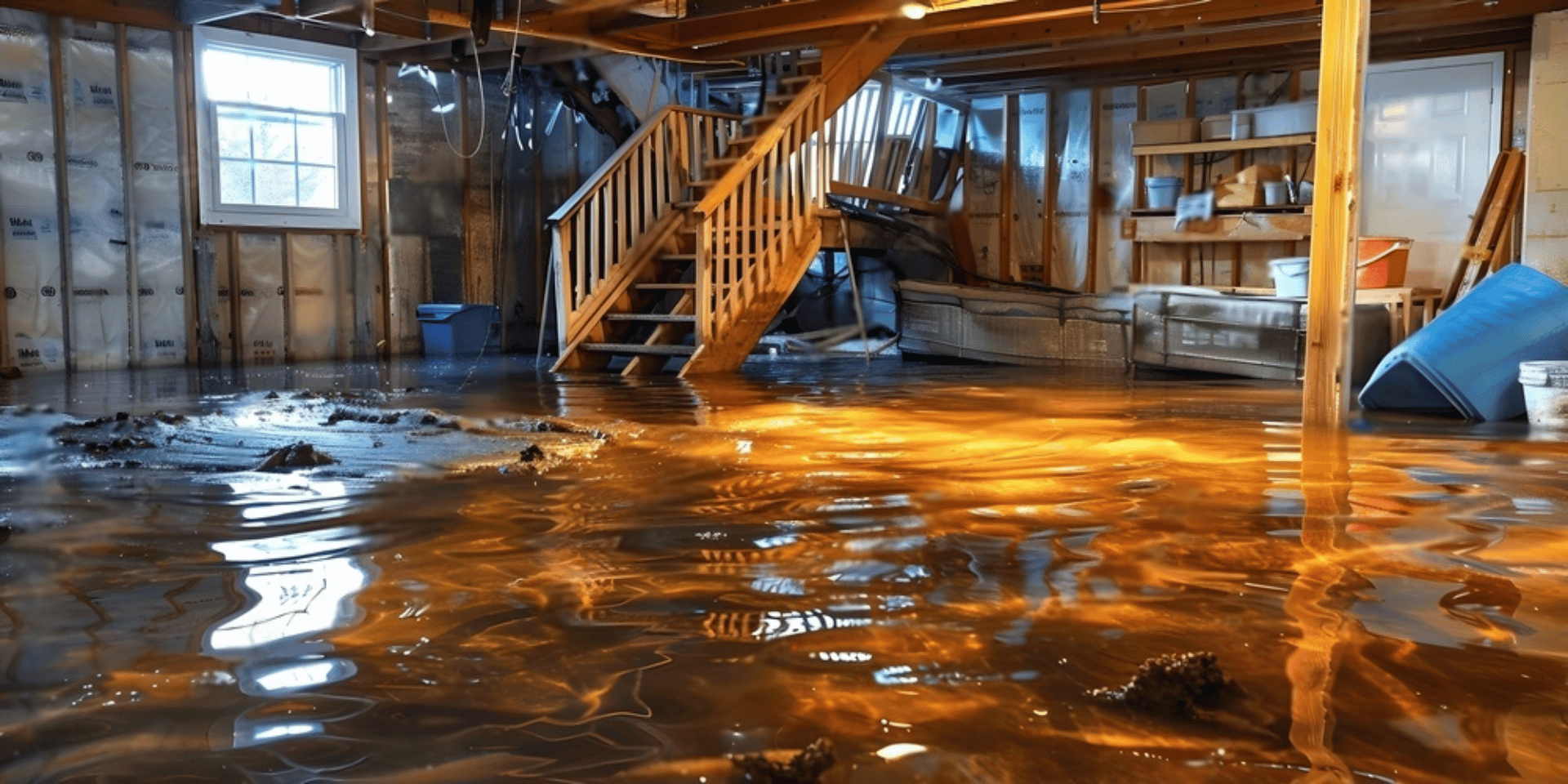For many homeowners, purchasing home insurance often becomes an afterthought – a checkbox ticked without fully comprehending the coverage it provides. While the importance of home insurance cannot be overstated, it is equally vital to take the time to understand the details of your policy. A regular review of a home insurance policy is essential to ensure it provides adequate coverage for a policyholder’s needs. Knowing exactly what your insurance policy covers can make a significant difference in the event of a claim.
In this article, we’ll explore essential considerations for homeowners to be mindful of when reviewing their home insurance policy.
1. Home Value and Coverage
Understanding the value of your home as indicated in the policy is crucial. This value represents the maximum amount the insurance company will pay for covered losses. Ensure the policy accurately reflects the current value of your property to avoid being underinsured or overinsured. Check the coverage limits for both the dwelling (the structure of the home) and personal property (contents inside the home). Ensure that the coverage limits accurately reflect the current value of your property and belongings.
Example: Suppose you purchased your home ten years ago for $300,000, but its current market value has appreciated to $450,000 due to rising property prices in your area. If your insurance policy still reflects the original purchase price, you might be underinsured by $150,000. In the event of a total loss, your insurance payout may not be enough to rebuild your home at its current value. The consequences of underinsurance are outlined in this article.
2. Covered Events
Review the list of covered events in your policy. Home insurance typically provides coverage for perils such as fire, theft, vandalism, and windstorm. However, certain natural disasters, like floods and earthquakes, may require additional coverage or separate policies.
Example: A homeowner in a coastal region may be surprised to find out that their standard home insurance policy does not cover damages caused by hurricanes. In the aftermath of a hurricane, their policy may not offer any financial protection, leaving them with a significant financial burden for repairs and rebuilding.
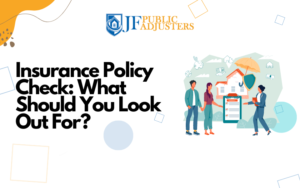
3. Additional Living Expenses (ALE)
In case your home becomes uninhabitable due to a covered event, ALE coverage can help cover temporary living expenses, such as hotel stays or rental accommodations. Understand the extent of ALE coverage and any limitations.
Example: If a fire severely damages your home and you cannot live there during the repairs, ALE coverage would cover the cost of temporary accommodations, such as hotel stays or rental apartments, until your home is habitable again.
4. Deductibles
Know your policy’s deductible, which is the amount you must pay out of pocket before the insurance company covers the rest. Be aware of whether you have a single deductible for all claims or different deductibles for specific events.
5. Exclusions
Exclusions are events or circumstances not covered by your policy. Common exclusions include wear and tear, intentional damage, and damage caused by certain pests. Familiarize yourself with these exclusions to understand the potential gaps in coverage.
Example: Your insurance policy may exclude coverage for damages caused by termites. If your home experiences termite infestation leading to significant structural damage, the repair costs may not be covered by your standard policy.
6. Flood Coverage
Standard home insurance policies typically do not cover flood damage. If you reside in a flood-prone area, consider purchasing a separate flood insurance policy from the National Flood Insurance Program (NFIP) or a private insurer.
Example: A homeowner living near a river may face the risk of flooding during heavy rain or snowmelt. If they do not have a separate flood insurance policy, they could be left without coverage for the extensive damages caused by a flood.
7. Personal Liability Coverage
Review the liability coverage provided by your policy. Personal liability coverage protects you financially if someone is injured on your property, and you are found legally responsible. Ensure the coverage amount is sufficient for your needs.
Example: If a visitor slips and falls on your icy driveway during winter, sustaining injuries that require medical treatment, personal liability coverage would protect you from potential lawsuits and cover the injured person’s medical expenses and legal fees, up to the policy’s limits.
8. Valuable Items Coverage
If you own valuable items, such as jewelry, artwork, or collectibles, verify whether your policy includes sufficient coverage for these items. If not, consider purchasing additional coverage or a separate floater policy.
Example: Suppose you have an expensive engagement ring that is worth $10,000. If your standard policy has a $2,000 limit for jewelry, you may need to purchase additional coverage (a rider or floater) to ensure the full value of your valuable item is protected.
9. Policy Renewal and Updates
Regularly review and update your policy to reflect any changes in your home’s value, renovations, or the addition of valuable items. Keeping your policy up-to-date ensures you are adequately covered in the event of a claim.
Example: You recently added a sunroom to your home, increasing its value by $50,000. To ensure adequate coverage, you should update your policy to reflect the new value of your home and the addition of the sunroom.
Understanding the ins and outs of your home insurance policy is essential for every homeowner. Taking the time to review your coverage and asking questions can prevent surprises during a claim and help you make informed decisions about your insurance needs. Remember to discuss any concerns or questions with your insurance agent or broker to ensure you have the right coverage tailored to your specific circumstances. Being proactive in understanding your policy will provide you with peace of mind and financial security in the face of unexpected events.
If your property sustains damage due to an insured event such as fire, broken pipes, windstorm, or other insured event, give us a call and we’ll be happy to discuss what we can do for you. We help policyholders successfully manage their water damage insurance claims and ensure that they receive the best possible settlement so that their homes are restored to their pre-loss condition as quickly and efficiently as possible.
Unsure if your insurance will cover the damage? Contact us anyway.
JF Public Adjusters offers a free claim review and consultation. Call or text (917) 272-8793.
Contact Us
You can reach us via phone or text at (917) 272-8793.
GET IN TOUCH!
The Leading Property Damage Experts Are Here To Help
CONTACT NEW YORK’S HIGHEST RATED PUBLIC ADJUSTER IMMEDIATELY BY CALLING OUR OFFICE OR BY COMPLETING THE FORM.
CALL US FOR FREE

